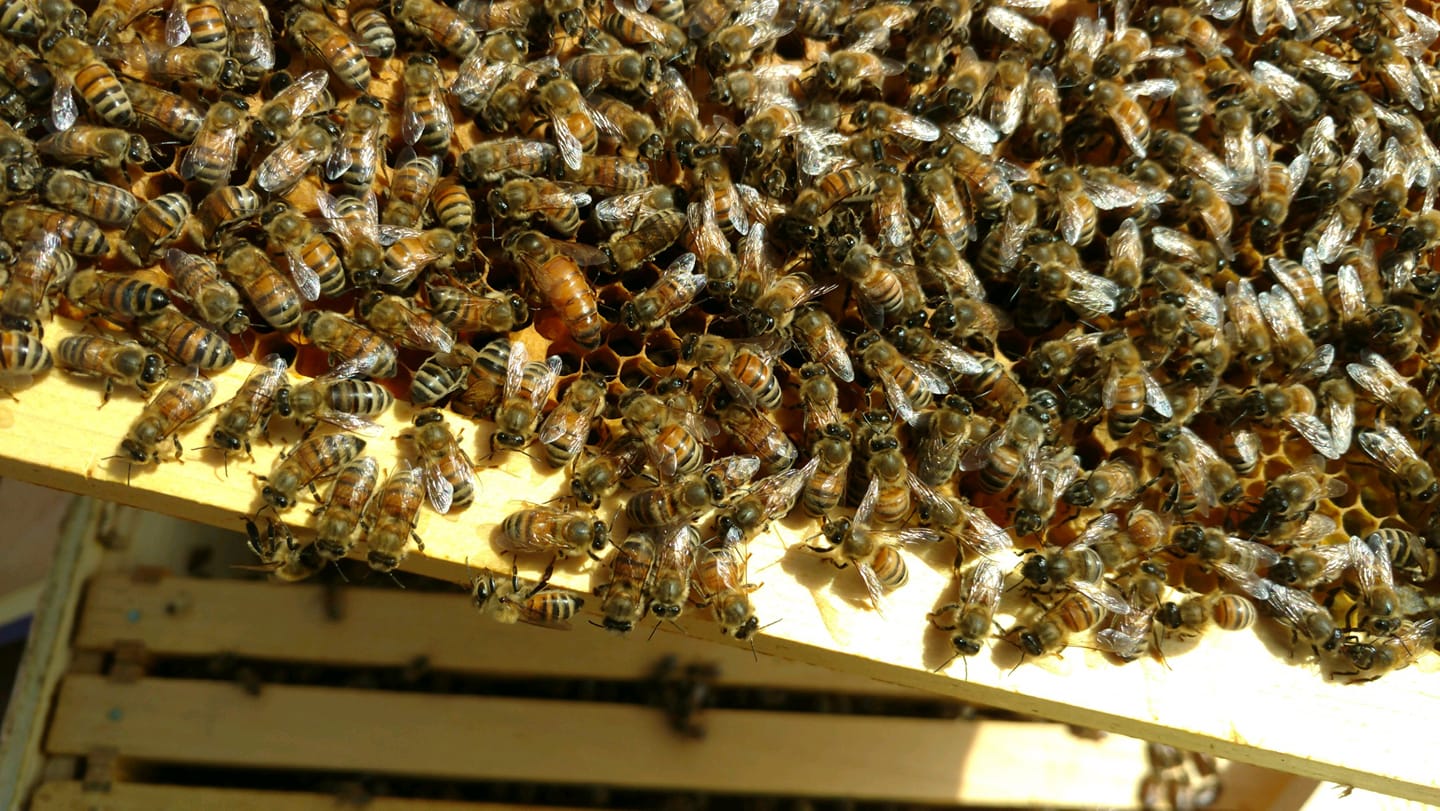NEW MEETING DATES STARTING MARCH 18
There were 15 in attendance. The earliest we can access the meeting room is at 7 pm. This makes it difficult if we have a speaker that needs time to set up. It was decided to change the meeting dates to the third Tuesday of the month. Our next meeting will be March 18. You may come early at 6:30 pm to socialize and share what is happening with your hives, etc. The meeting will officially begin at 7 pm. Parker Brown made a motion to accept the meeting change. Randy Austin seconded it. All were in favor.
Sheila Holland made a motion to accept the minutes for the January 7, 2025 meeting that were emailed out on January 11th. Randy Austin seconded the motion. All were in favor of approving the minutes. The minutes were not posted on the website because it was down. We discovered former president Eddie Thompson had covered the annual subscription cost out of his own pocket. Thank you, Eddie! We were unaware that the subscription was due again. Holly Votaw has been very helpful in developing the website and researched the problem. Devin checked with Mary Ann at the Cooperative Extension office (who is managing around a $1,000 grant the association received). We can use some of the grant money to cover the renewal of the website as well as help with the expense of any speakers.
With the warmer weather, several members had checked on their bees and had questions. Some were putting sugar into the hives to help supplement the honey supply to help prevent starvation. You can use dry pollen or pollen patties to provide protein if the hives don’t have much available. You can use patties placed in the hives, or a pollen feeder. However, you have to be careful not to provide too much. Pollen can attract hive beetles. Pollen can activate the hive into producing too much brood, causing a premature swarm. The bees could also spend too much energy in keeping the extra brood warm during cold temperatures, causing the hive to collapse.
The end of March, first of April a lot will start happening with the bees. You may want to consider combining weaker hives with stronger hives. You can also put a queen excluder on top of a strong hive, then place the weaker hive on top to build up the weaker hive. Tony Chapman and Devin Gentry are selling nucs. Marvin and Sheila Holland don’t have any nucs available right now, but may in the future. Dave Ellis is selling queens. The difference between a nuc and a package of bees was discussed.
A good queen will lay about 2,000 eggs a day. The worker bees hatch out in 21 days. The drones hatch out in 24 days. They need space to grow, but not too much space for them to be able to defend the hive. Mid March bees may start swarming. Signs to look for include: Queen cells on the frame’s edges. Bearding. Nectar and pollen in the middle of the brood nest. A good book of reference is: Honeybee Democracy by Thomas Seeley.
Devin Gentry and Dave Ellis brought in some of their swarm trap boxes (see attached photos) for members to view and ask questions. It is important to leave space in the brood boxes for the bees to expand. The boxes have 4-5 inches of space below the frames. Once the bees have moved into the swarm box, the entrances are covered with hardware wire in order to transfer them into a hive. The boxes don’t have to be real high up in a tree, on a post, etc. About 4-5 feet is sufficient. The boxes do have to be level and securely attached to the structure they are sitting on. It is best to use an old frame of brood and some empty frames with just wire, such as fishing line for the bees to start building, plus one frame of wax, for about 5 frame structures inside the swarm box. Lemon grass, lemon oil, or you can purchase a swarm commander to place inside the swarm trap/box to help attract the swarm of bees.







